Laboratori
Workshops always provide a first phase of experience in the museum rooms, to encourage a familiarization with the archaeological and natural heritage and to grasp to the full the emotional and multi-sensory impact that it is able to offer and then continue with practical activities that take place in the laboratory spaces (excavation simulation area and scientific laboratory) equipped or even in the exhibition halls themselves.
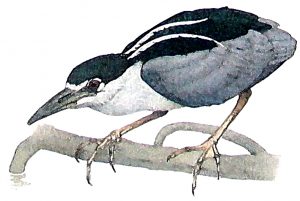

Applying criteria and methods of active pedagogy, they propose experiments and manual activities that allow an immediate approach to scientific techniques or peculiarities.
Attraverso sperimentazioni per ciascun target e osservazioni di modelli e reperti naturali, verranno descritte le caratteristiche, gli adattamenti e le strategie di sopravvivenza della fauna vertebrata appenninica (Anfibi, Rettili, Mammiferi e Uccelli), tra cui letargo, migrazione e mimetismo.

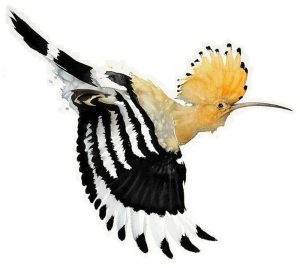
The students will be able to understand the importance of color, fur and plumage for thermoregulation; we will talk about homologies and analogies, and through the critical observation and the comparison of skulls we will discover the link between teeth or beaks and different types of feeding.
We will discuss important topics such as the fragility of biodiversity, the importance of its safeguard and protection, the introduction of alien species. The study techniques of wildlife will also be analyzed.
DURATION
1 hour
TARGET
All ages
TOOLS AND MATERIALS
Microscope, stereomicroscope, petri dishes, tweezers, naturalistic finding and models
The workshop deals with the morphological, chemical-physical and biological aspects of a freshwater environment. During the activity we will talk about ecosystem, habitat, ecological niche and water bodies purification, focusing the attention on the organisms, animals and plants, that populate the different ecosystems.
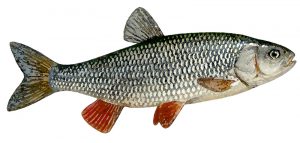
The students will be able to test themselves in the chemical analysis of water, using a specific reagent kit, and in the biological one, extracting live organisms from a water sample using simple laboratory instruments and proceeding with observation and recognition thanks to the use of stereomicroscopes and dichotomous keys.
DURATION
1 hour
TARGET
All ages
TOOLS AND MATERIALS
Microscope, stereomicroscope, water analysis kit, guides, prepared in glass sides.
The simulated excavation workshop is intended for students of all levels and is preceded by a theoretical frontal lesson with the projection of a video that introduces archeological data recovery techniques and interdisciplinary study methods and interpretation.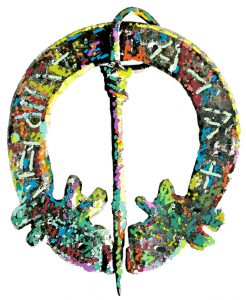
It is an initiative that allows schoolchildren to approach the dimension of Ancient History transferred on a practical level. Contact with the finds leads to their understanding: from the moment of discovery, to cataloging, publication and museum exhibition.
The phases of the activity are:
- search for evidences (ceramic, bone, metal, stone, etc.);
- identification with Cartesian coordinates, dimension measurement;
- soil sieving;
- preliminary interpretation of the findings.
The excavation area is simulated. It currently contains sand. This specific practical activity, albeit a first approach, is aimed at developing one’s own attitudes and interpersonal skills, the ‘investigative’ spirit, the visual and tactile perception, as well as the manual skills, through a correct methodological support. While maintaining a playful aspect, the activity, however partial, must subordinate itself, therefore, to precise rules making use of the current excavation techniques.
DURATION
1 hour and half
TARGET
Second cycle of primary and secondary schools of first degree
TOOLS AND MATERIALS
Stratigraphic Unit Sheet, trowel, brush, small shovel, a box, a sieve.
The workshop provides for the observation and study of the casts of skeletons found in 2011 in the necropolis of Masseria Festa, a burial area of mounds of significant scientific value, the only example of the genus in Daunia attestation of monumental tombs expressed in different variations and related, in its most important attestations, to an archaic chronological universe (sixth century BC).
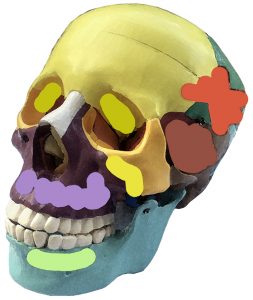
This knowledge will be applied to the study of the daily and food habits of these populations. The laboratory will provide students with the basics to express measurable parameters in individual morphometric characteristics using a compass and an anthropometric scale.
DURATION
1 hour
TARGET
Lower and Upper Middle School
TOOLS AND MATERIALS
Skeleton and skull models, anthropometric compasses and anthropometric scale.
Construction of musical instruments
Activities: a fascinating journey to the origins of music will lead the boys through ancestral sounds to the discovery and realization of a “rombo”, an ancient instrument of shamanic origin still used by traditional populations. At the end of the workshop each boy will bring his own sound instrument home.
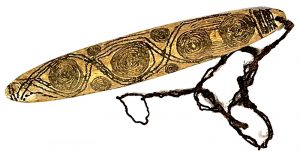
Weavings and plots. Weaving in Antiquity.
Activities: the operator illustrates how a fabric was made through the different technological phases, starting from sheep shearing up to the use of a vertical neolithic weights frame. The participants, having learned the basic notions of texture and warp and the weaving technique, create a strip of cloth, each working on a small frame. The students will bring home the piece of cloth produced, in memory of the experience.
DURATION
1 hour and half
TARGET
Second cycle of primary and secondary shcools of first degree
TOOLS AND MATERIALS
Frames, wool, wood, twine and cotton threads, stones
Watch, touch, listen, imagine. Discover prehistory and nature through the senses
The activity is part of a framework of actions and interventions to support disability and aims to encourage spaces and places for socialization and integration with the implementation of tactile experiences. Activities: a sensory journey introduces the participants to identify with the world of prehistory and the natural sciences.
Blindfolded, touching some materials and naturalistic findings, we try to recognize them to understand their characteristics, their ancient possibilities of use and origin. Later, the activity includes a playful-cognitive path to know the archeological and naturalistic findings.
DURATION
1 hour approx
TARGET
Second cycle of primary and secondary schools of first degree
TOOLS AND MATERIALS
Naturalistic evidences and reproductions
